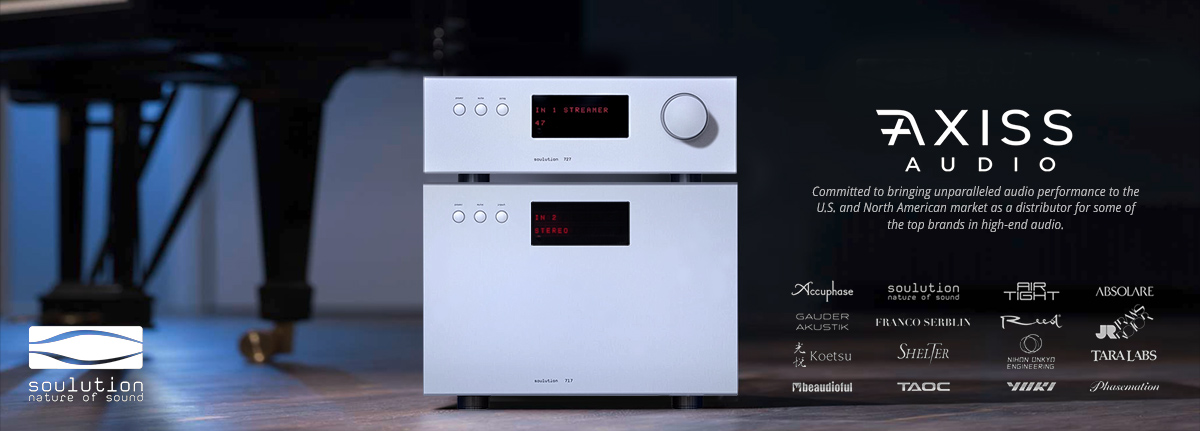Duke LeJeune
Manufacturer - Illusio Audio and AudioKinesis
I think you've got this backwards. You're the one making the claims. Specifically that a properly matched OTL amp/speaker combo can deliver both deeper and smoother bass than an unnamed SS amp/speaker combo. The burden of proof is yours. I won't trouble you to do any modeling, though. Just some independent measurements of the response of a speaker/amp combo you consider appropriate would be a good start, as I'm not really looking for "proof," just some evidence more substantive than the opinion of someone with a vested interest in the outcome.
Okay, so you don't want to put any effort into this in the interest of making sure there's no grounds for questioning my choice of examples.
Thanks (I think) for your offer to accept independent measurements in lieu of modelling, but I don't have access to the independent measurements you are asking for and am not about to spend the time and money it would take.
So I did some modelling. I modelled three prosound subwoofers, the Eminence Kappalite 3015LF, Kilomax Pro-15A, and B&C 15TBX100, following the procedure outlined in my previous post. Minimum F3 for these subwoofers in 6 cubic feet, optimally tuned, was 40 Hz, 39 Hz and 38 Hz, respectively (and the one that goes down to 38 Hz has over 2 dB of "droop" in its curve from 72 Hz on down, so it falls short on smoothness). F3 for my example was 32 Hz. And if I optimally tune the woofer/box combo in my example, we can get down to 31 Hz. That's nearly 1/3 octave greater bass extension with no increase in box size, and no loss of efficiency, simply by going from an optimized system driven by a solid state amp to an optimized system driven by an OTL amp.
Let me know your reaction to this, and we'll go from there. You or anyone else are more than welcome to provide a counter-example that disproves my claim.
Last edited:
















